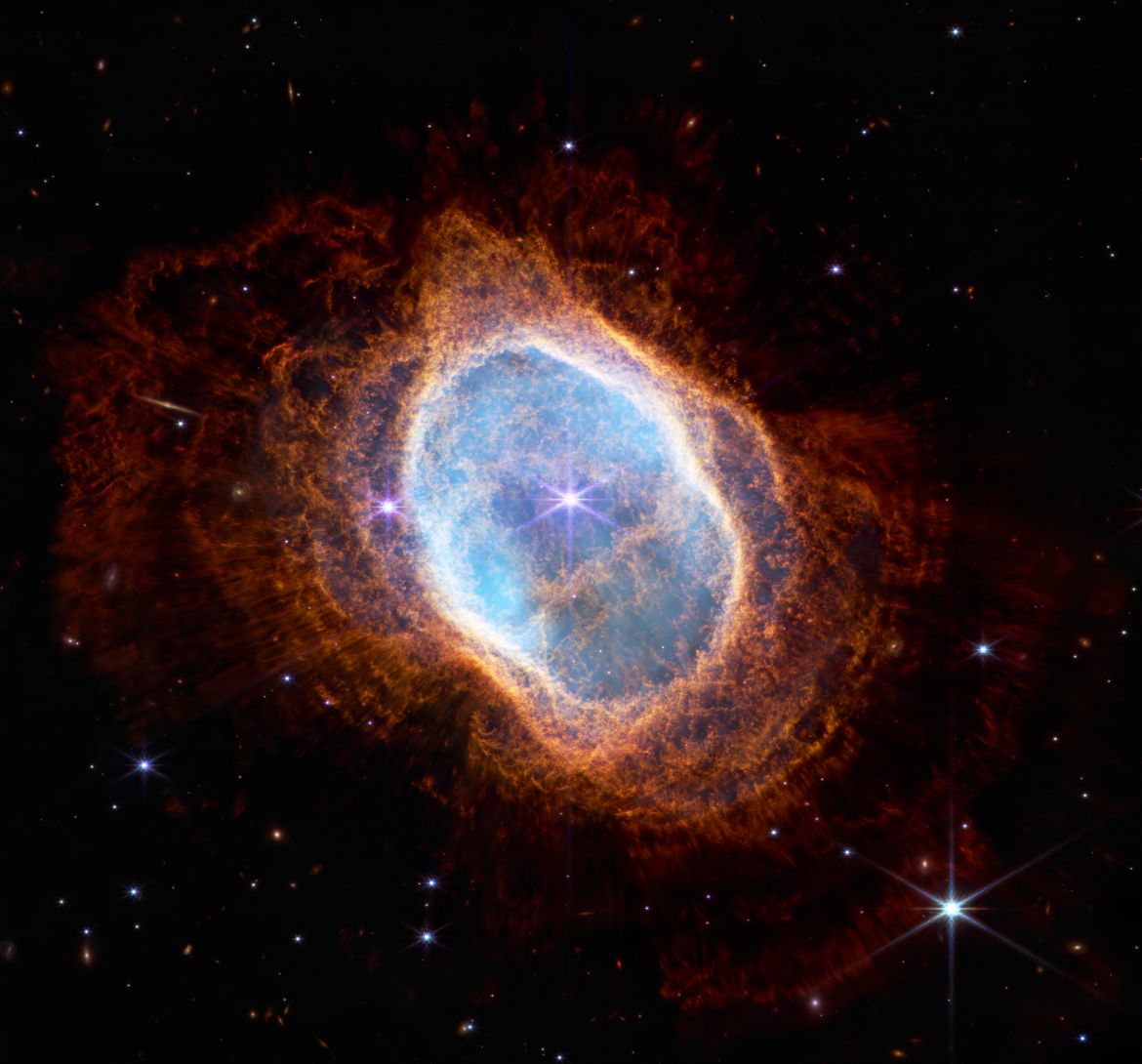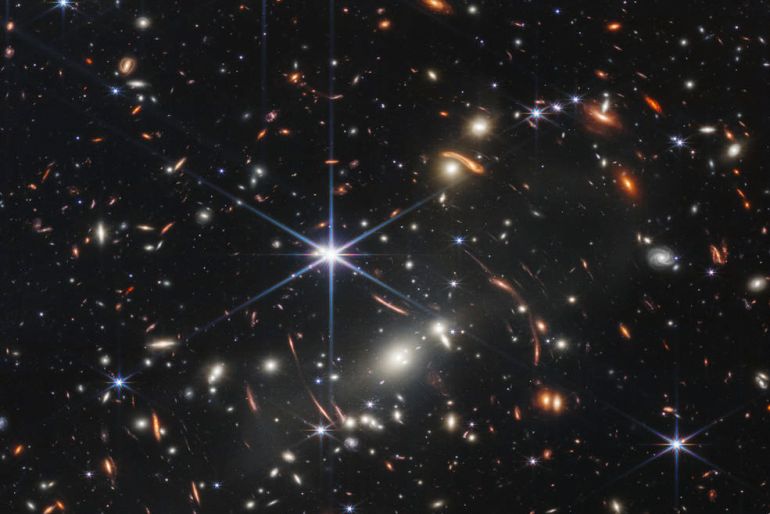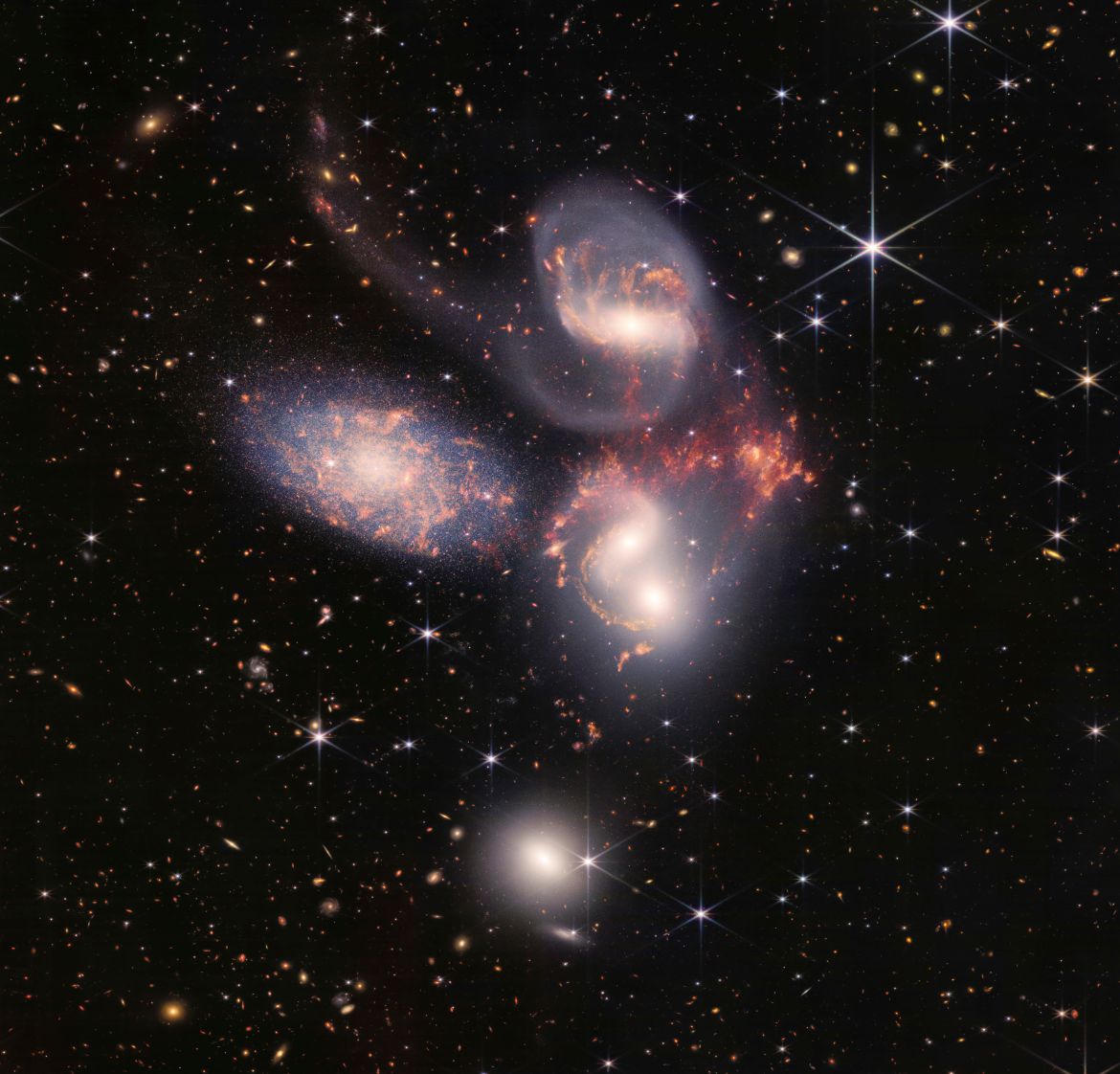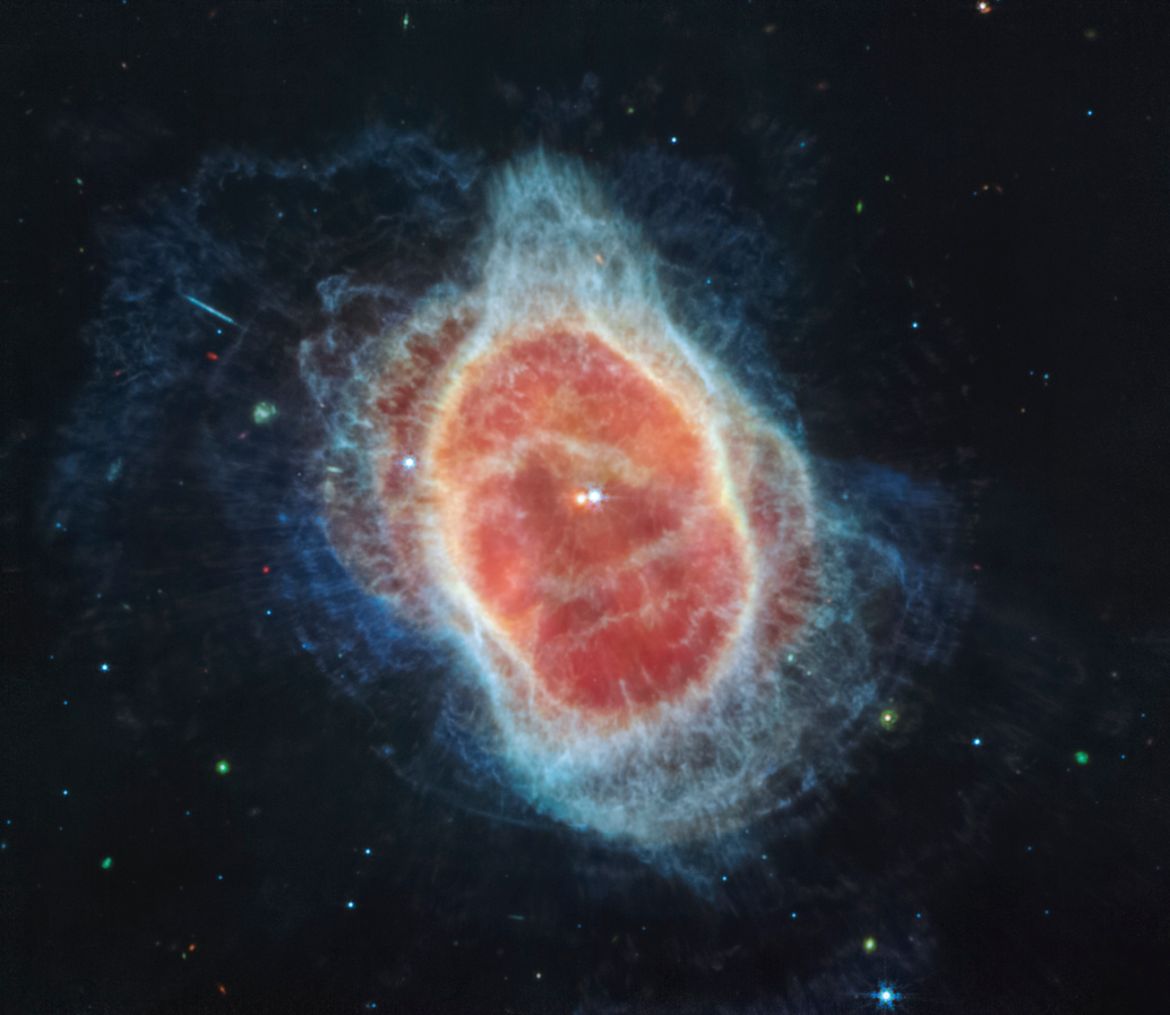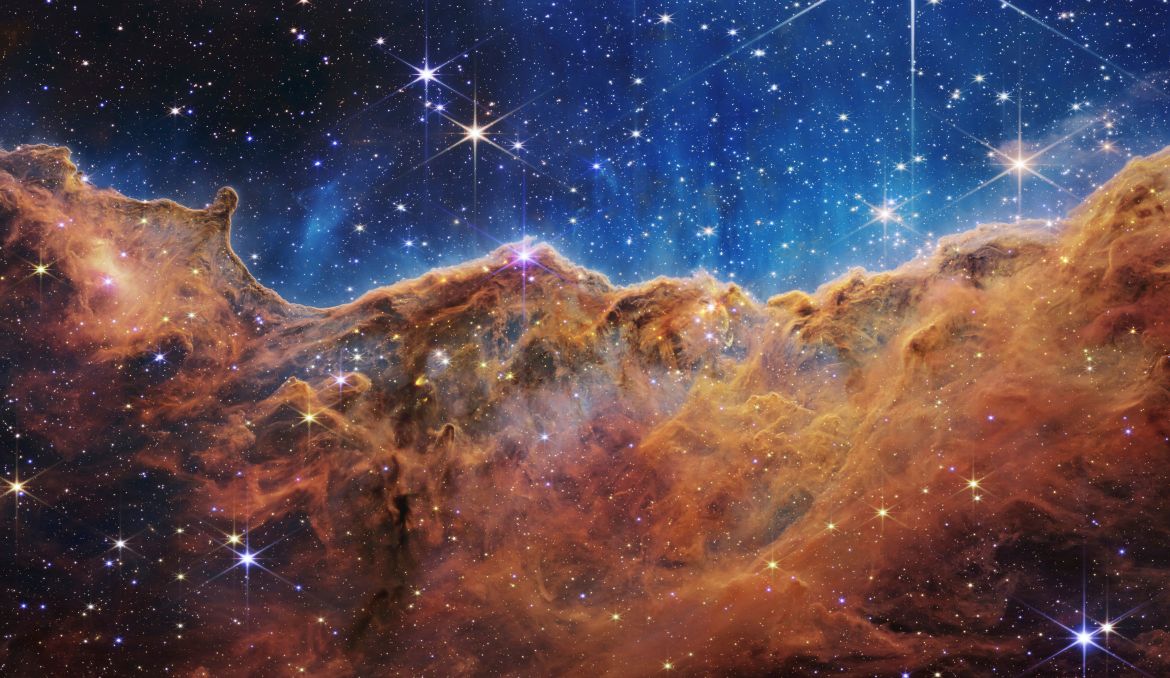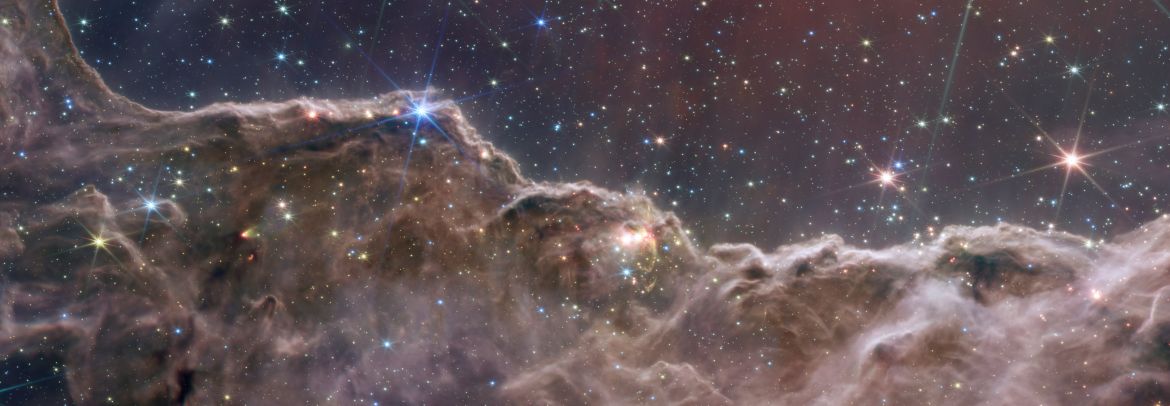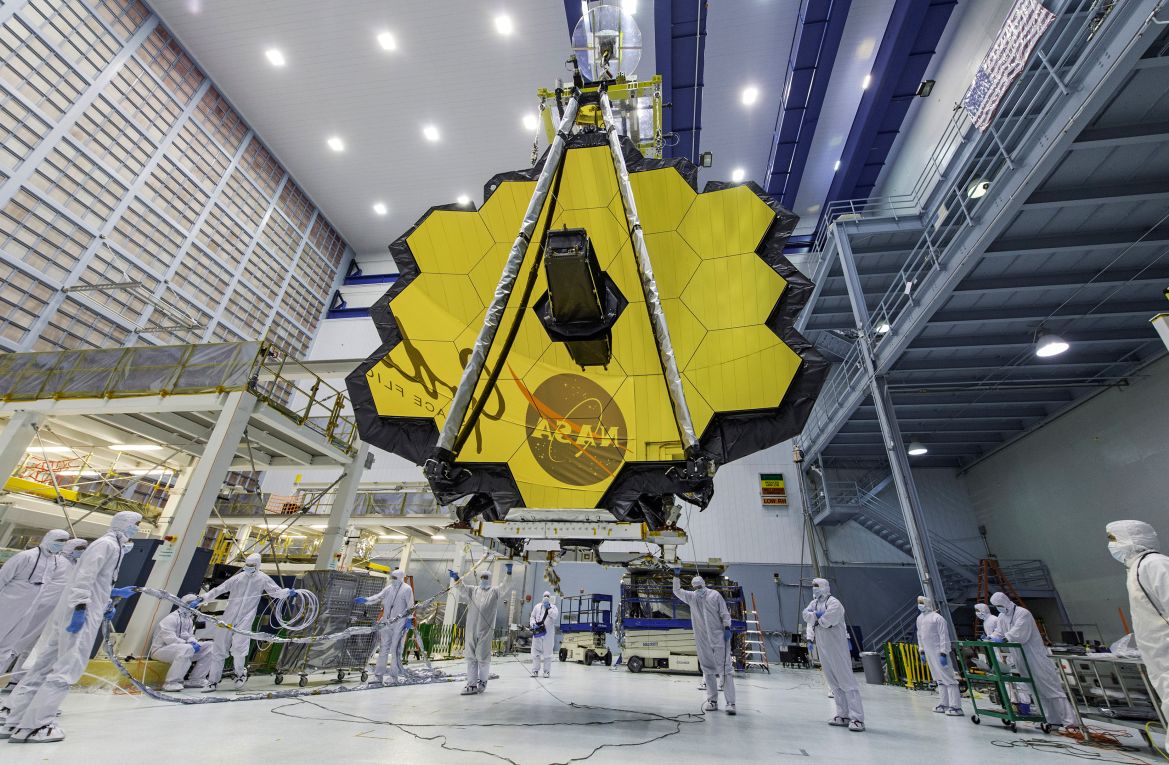In Pictures
Photos: James Webb Telescope shows dying star, dancing galaxies
James Webb Space Telescope is the world’s largest and most powerful space telescope.
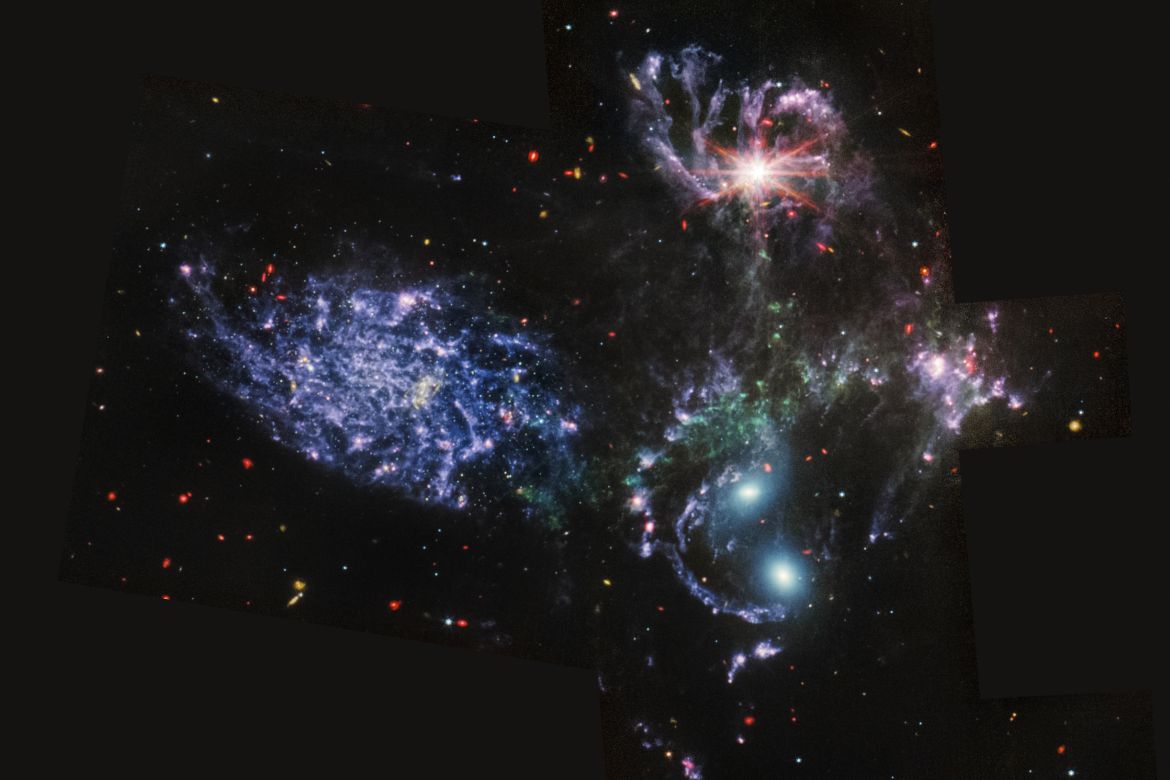
NASA has unveiled a new batch of images from its new powerful space telescope, including a foamy blue and orange shot of a dying star.
The first image from the $10bn James Webb Space Telescope was released on Monday at the White House — a jumble of distant galaxies that went deeper into the cosmos than humanity has ever seen.
The four additional photos released on Tuesday included more cosmic beauty shots.
With one exception, the latest images showed parts of the universe seen by other telescopes. But Webb’s sheer power, distant location off Earth and use of the infrared light spectrum showed them in a new light.
“Every image is a new discovery and each will give humanity a view of the humanity that we’ve never seen before,’’ NASA Administrator Bill Nelson said on Tuesday, speaking enthusiastically about the images showing “the formation of stars, devouring black holes”.
Webb’s use of the infrared light spectrum allows the telescope to see through the cosmic dust and “see light from faraway light from the corners of the universe”, he said.
“We’ve really changed the understanding of our universe,” said European Space Agency Director General Josef Aschbacher.
The European and Canadian space agencies joined NASA in building the powerful telescope.
